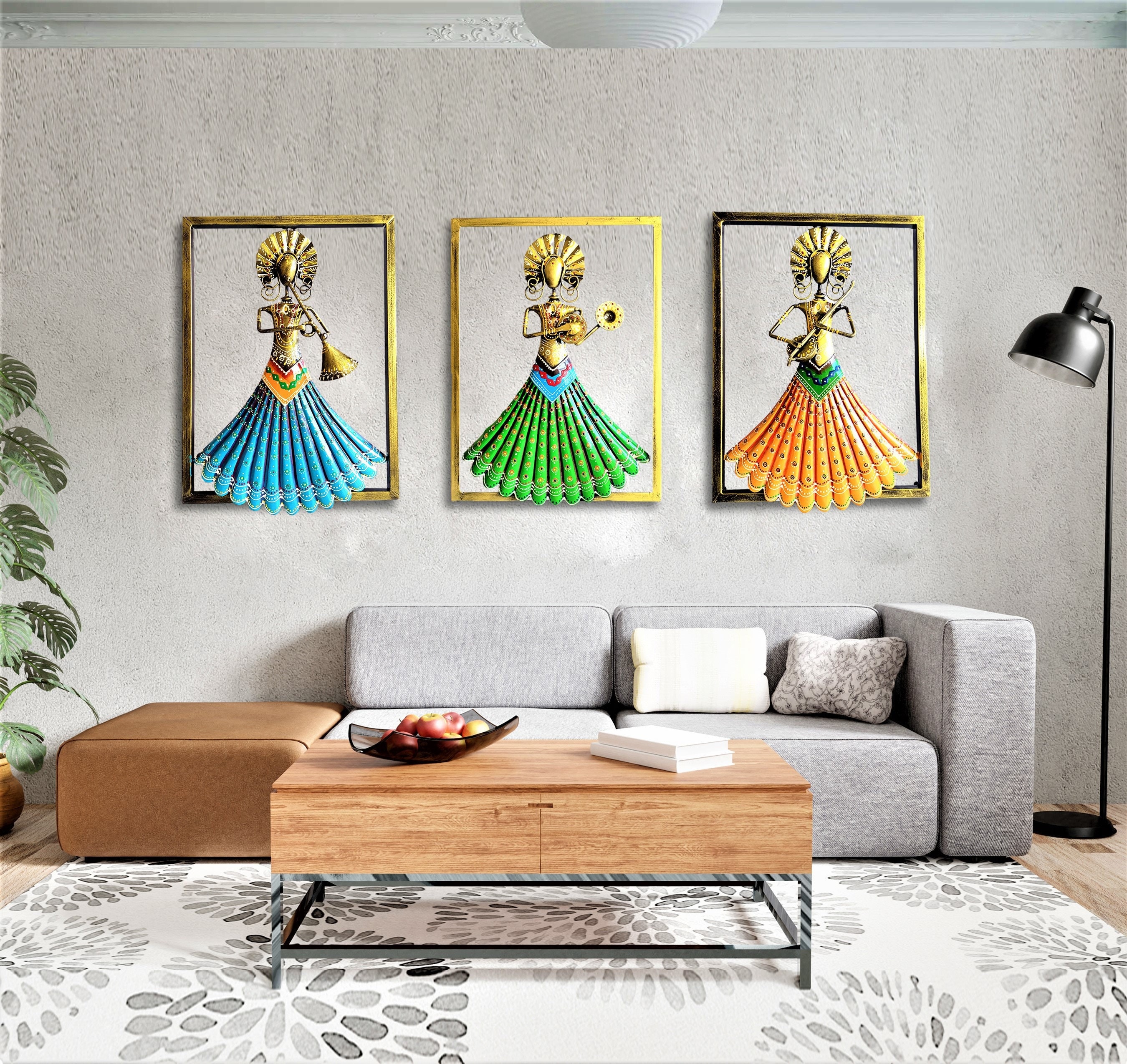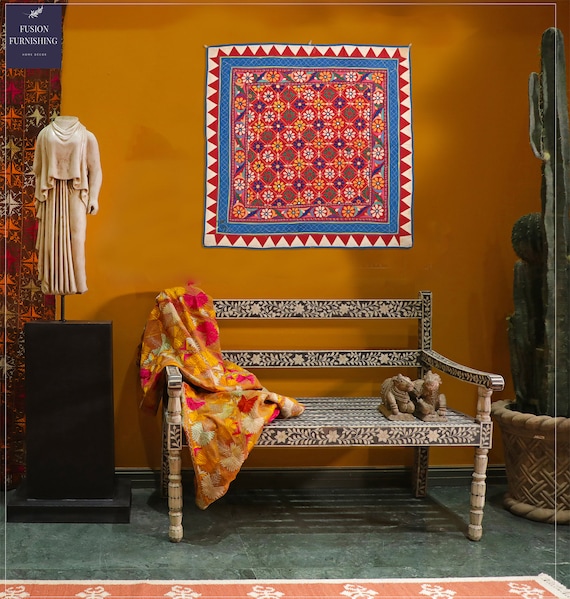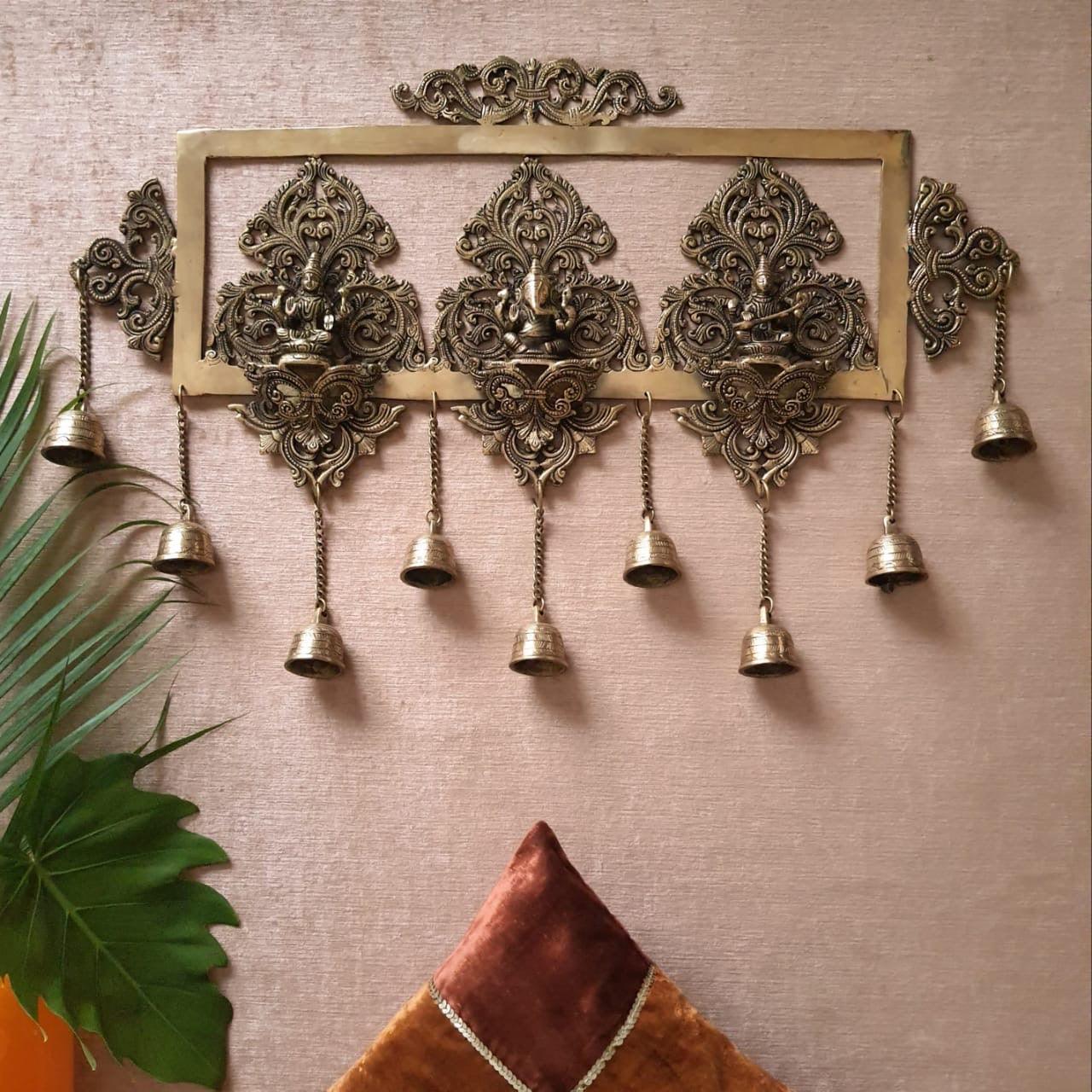When it comes to home decor, few elements can transform a space quite like wall hangings. In Indian culture, decorative wall hangings aren’t just mere adornments; they carry rich traditions, stories, and artistry. From intricate tapestries to vibrant paintings, each piece tells a tale of heritage and elegance. Having experimented with various decorative elements in my own living space, I can personally vouch for the charm and warmth that Indian wall hangings bring. Let’s dive deep into this beautiful world!
The Significance of Wall Hangings in Indian Culture
Wall hangings have been a part of Indian culture for centuries. They often symbolize:
- Tradition: Many wall hangings are passed down through generations, preserving familial and cultural heritage.
- Artistry: They showcase the incredible craftsmanship of various regions, each with its unique style and method.
- Spirituality: Certain hangings depict deities or spiritual motifs, bringing a sense of peace and devotion to homes.
Types of Indian Decorative Wall Hangings
Indian decorative wall hangings come in various styles, making it easy to find something that resonates with your personal taste. Below, we’ll explore some popular types:

1. Tapestries
Tapestries are woven artworks often made from cotton or silk. They add texture and color to walls.
Popular Tapestry Styles
- Ajrakh: A block print style from Gujarat, famous for its intricate patterns and deep colors.
- Pattachitra: Traditional cloth paintings from Odisha, showcasing mythological narratives and natural motifs.
- Kalamkari: Hand-painted or block-printed fabric, often depicting stories from Indian epics.

2. Wall Hangings Made from Natural Materials
These hangings use materials like jute, cane, or bamboo, connecting the indoors to nature.
Examples
- Jute Wall Hangings: Eco-friendly options that bring a rustic charm.
- Bamboo Panels: Unique, handmade pieces that add an earthy touch.

3. Embroidered Wall Hangings
Embroidery showcases skillful craftsmanship and often reflects traditional designs.
Notable Techniques
- Chikan Embroidery: Fine needlework from Lucknow known for its delicate floral patterns.
- Dastkar: Embroidery that tells a story through colorful threads, often found in Rajasthani art.

4. Metal Wall Hangings
These decorative pieces often feature intricate designs and can range from traditional to contemporary styles.
Materials Used
- Brass: Known for its durability and shine, often used in traditional motifs.
- Iron: Adds a rustic industrial feel, perfect for modern decor.

Choosing the Right Wall Hanging for Your Home
With so many types available, choosing the right wall hanging can be overwhelming. Here are some tips:
Consider Your Space
The size and style of your room can influence your choice. A large tapestry might overwhelm a small room, while intricate metal art might get lost in a spacious area.
Color Coordination
Make sure the colors of the wall hanging complement the existing decor. A contrasting piece can also become a striking focal point.
Theme Consistency
If your home has a specific theme—be it rustic, contemporary, or traditional—ensure that the wall hanging aligns with it.
How to Incorporate Indian Decorative Wall Hangings
Here are some creative ways to integrate these pieces into your decor:
1. Feature Wall
Create a gallery wall with an assortment of different wall hangings to add depth and interest to your space.
2. Above Furniture
Place a large wall hanging above a sofa, bed, or console table as a statement piece.
3. Layered Textures
Combine different materials like wood, metal, and fabric to create a visually appealing and textured wall.
Comparison Table of Popular Indian Wall Hangings
| Type of Wall Hanging | Materials Used | Significance | Best For |
|---|---|---|---|
| Tapestries | Cotton, Silk | Artistic expression | Living rooms, bedrooms |
| Natural Materials | Jute, Bamboo | Eco-friendly feel | Bohemian, rustic themes |
| Embroidered | Fabric, Threads | Skillful craftsmanship | Traditional settings |
| Metal Wall Hangings | Brass, Iron | Durability | Modern industrial decor |
Pros and Cons of Indian Decorative Wall Hangings
Pros
- Enhances the aesthetic appeal of a room.
- Rich cultural significance that adds character.
- Variety of types and styles to suit any decor.
- Unique artistry that cannot be replicated.
Cons
- Some materials may require special care.
- Can be expensive if handmade or sourced from artisans.
- Not always easy to find in larger sizes.
Where to Buy Indian Decorative Wall Hangings
Here are some popular places to find beautiful wall hangings:
Local Markets
Exploring local markets can yield unique finds, often at better prices than retail stores.
Online Retailers
Websites like Amazon, Flipkart, and Etsy offer a vast range of wall hangings.
Artisan Stores
Supporting local artisans is a great way to find authentic pieces while also contributing to the community.
FAQs about Indian Decorative Wall Hangings
What materials are commonly used in Indian wall hangings?
Common materials include cotton, silk, jute, cane, and metal like brass and iron. Each material conveys a different aesthetic and cultural significance.
How do I care for my Indian decorative wall hanging?
Many wall hangings can be spot cleaned or gently hand washed. Always check the specific care instructions based on the material to ensure longevity.
Can wall hangings be used outdoors?
While many wall hangings are intended for indoor use, certain materials may be suitable for sheltered outdoor spaces. However, exposure to harsh weather can damage them.
How do I choose the right size for a wall hanging?
Consider the scale of your wall and surrounding furniture. Larger pieces work well as focal points, while smaller pieces can complement other decor items.
Conclusion
Indian decorative wall hangings are not just home accessories; they are vibrant expressions of culture and creativity. They hold the power to transform a dull room into a vibrant space filled with history and warmth. Whether you opt for a traditional tapestry or a contemporary metal piece, embracing these works of art will undoubtedly enhance your home decor. So, why wait? Start exploring the rich variety available and let your walls tell a story!